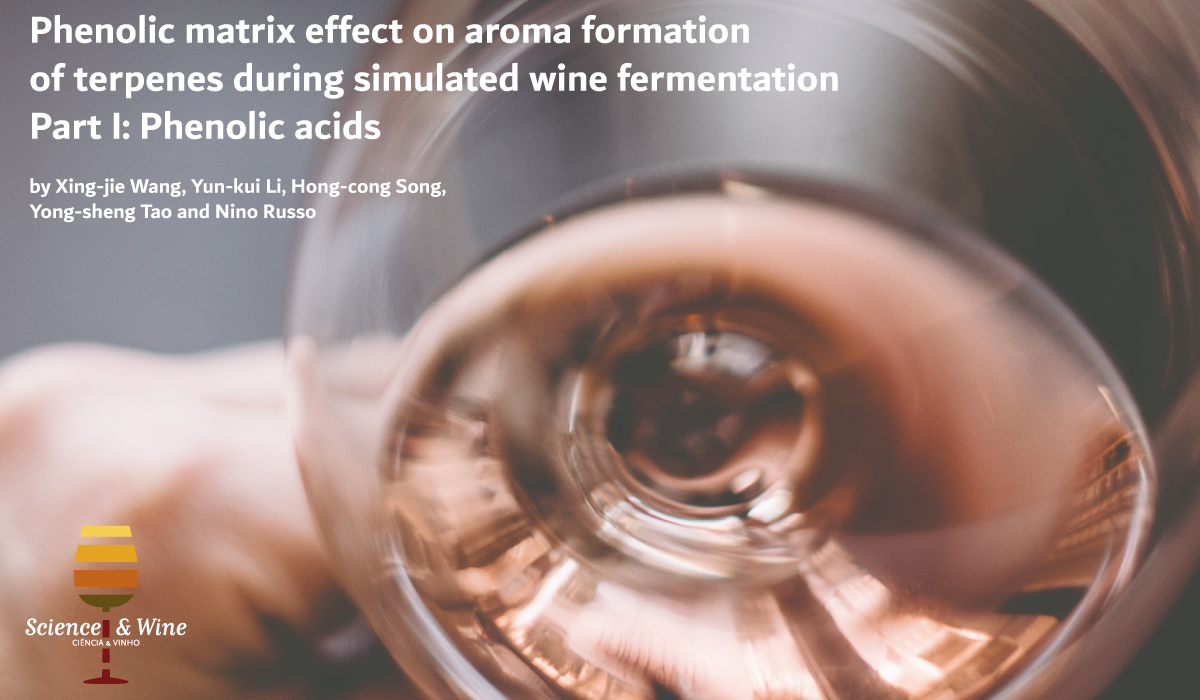This post reports the results of study where fermentations were performed using simulated grape juice supplemented with terpene glycosides (TGs), extracted from Vitis vinifera L. Meili, and phenolic acids (gallic acid or p-coumaric acid). Free terpenes were detected using solid phase microextraction-gas chromatography-mass spectrometry (SPME-GC–MS) every day during the fermentation, and the aromas of final wines were evaluated by panelists. Results showed that phenolic acids remarkably inhibited TG hydrolysis and free terpene volatilization, and affected wine aroma perception. These findings indicate that the matrix effect of phenolic acids can effectively control the release and modulate the global feature of wine aromas. See all at: http://science-and-wine.com/

Polyphenols in Wine Authenticity
Polyphenols are a diverse group of compounds of utter importance to wine quality. Current understanding of the polyphenolic composition in wine is well elaborated, however, recent studies continuously report novel findings involving them. It is evident that synergistic approaches between emerging analytical platforms in combination with advanced multivariate data analysis will be considered the spearheads toward fraud detection and the provision of authentic wines.

Coupling DAD and FLD for multiclass profiling of phenolic compounds in wine industry products
This post describes a tandem absorbance and fluorescence detection following liquid chromatography (LC-DAD-FLD) method for the determination of 32 phenolic compounds (PCs) in winemaking industry derived products. The applicability of the method was verified by the suitable quantification of analytes in complex samples of wine, bunch stem and grape cane extracts. The developed LC-DAD-FLD approach is highly recommended for processing large sets of samples in routine quality control of extracts or during characterization studies.
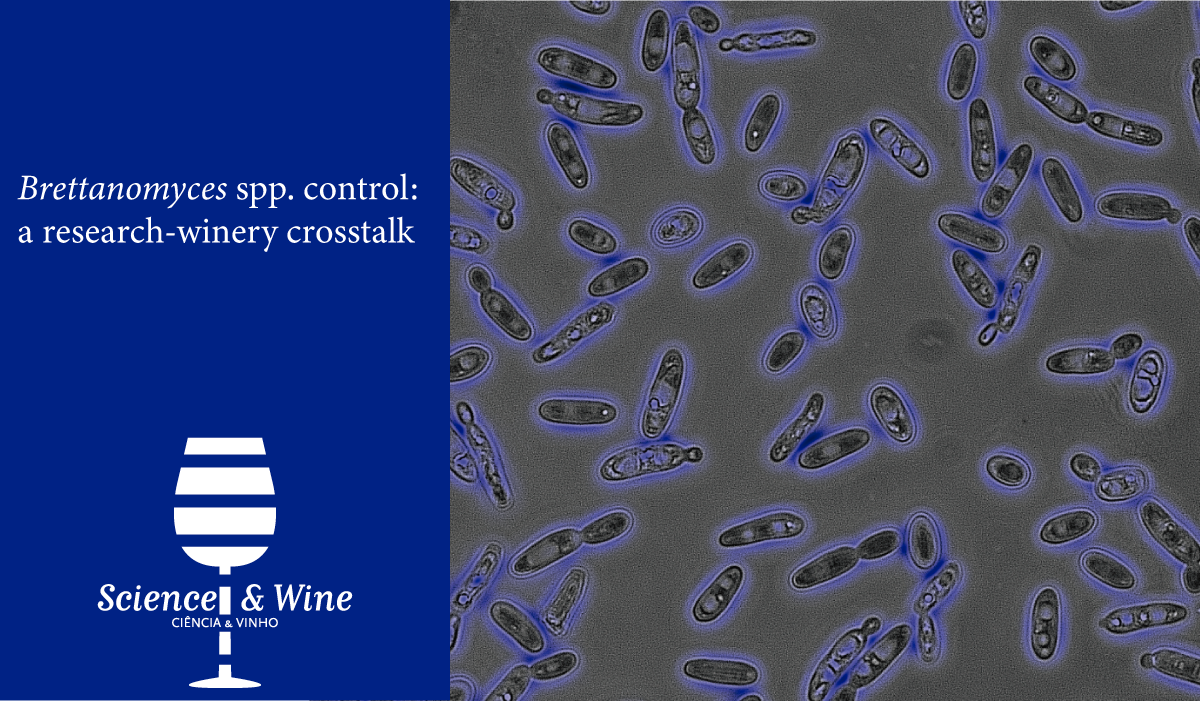
Brettanomyces spp. control: a research-winery crosstalk
This post summarizes a review paper that highlights some useful novel approaches to control Brettanomyces spp. during winemaking, allowing the producers to follow the “hurdle concept” and to minimize wine sensory changes.
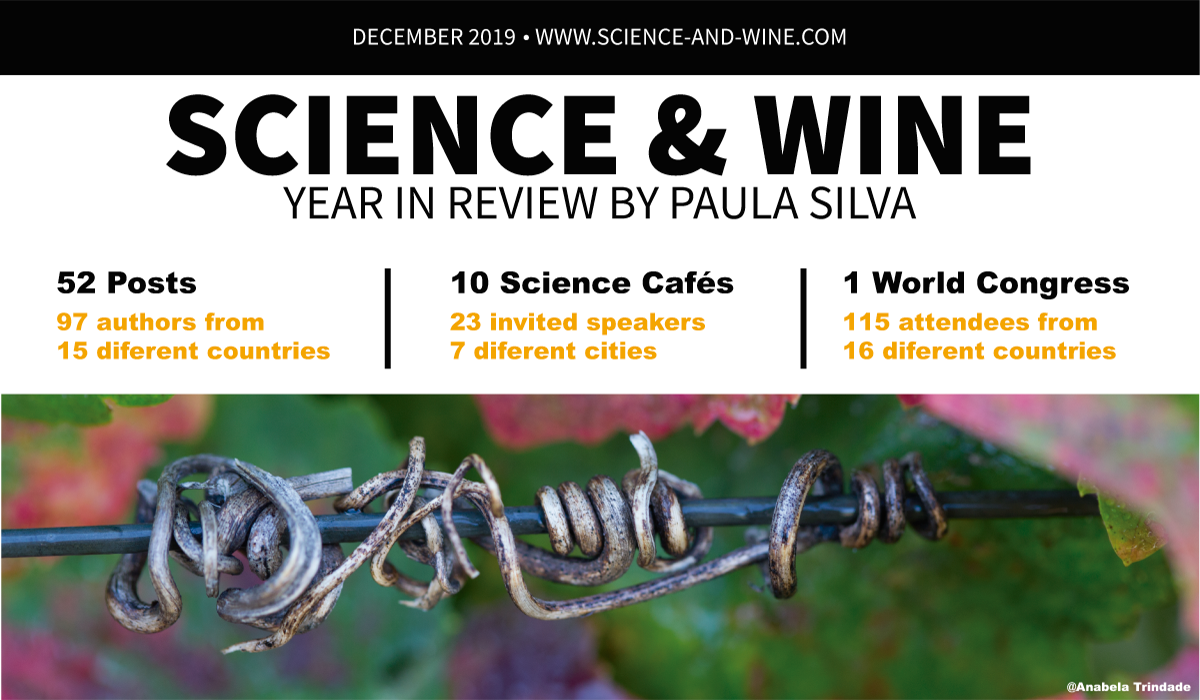
2019 In Review
This is the last post of 2019. The second year of Science & Wine existence, time for a brief reflection. This was a great year!
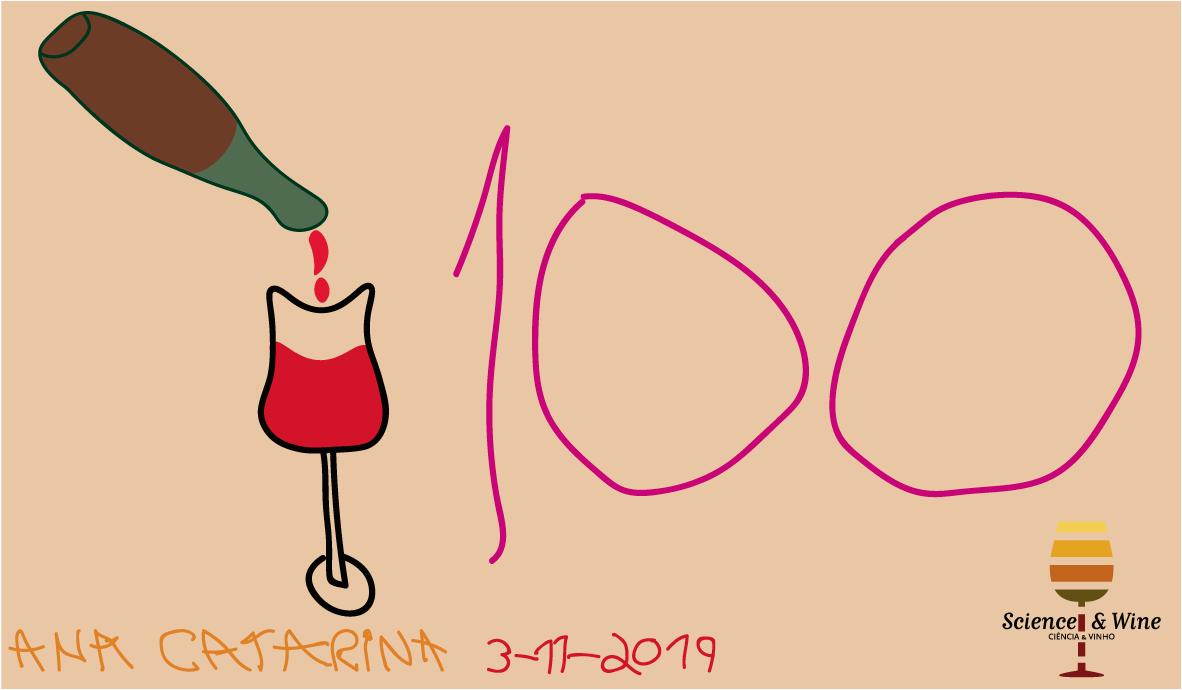
Post Nº 100
This is the post number 100. One hundred of weekends that I spend writing, reading, illustrating, editing and publishing the posts. The time that I spent do it is just part of the time I stole to the family, special to my youngest daughter, so today I decided to involve her in this project. The illustration is her authorship.
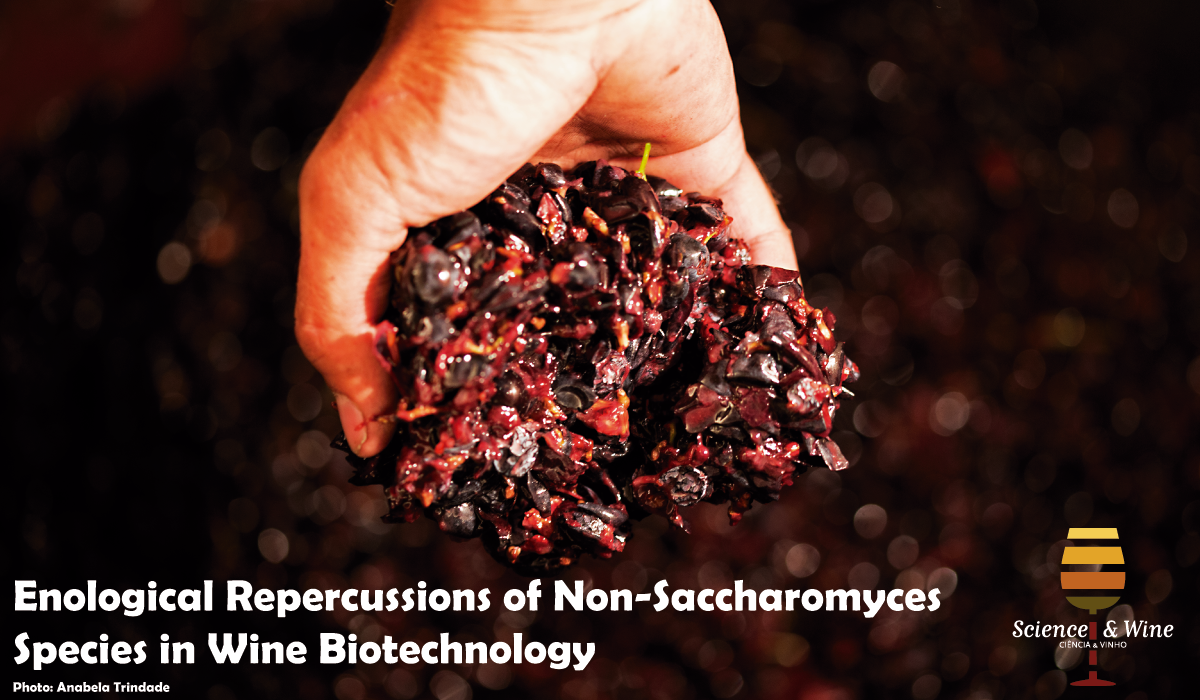
Enological repercussions of non-Saccharomyces species in wine biotechnology
The use of non-Saccharomyces yeasts in enology has increased since the beginning of the current century because of the potential improvements they can produce in wine sensory quality. Several review articles have described the potential of some non-Saccharomyces species and the suitable criteria to select them according to the effects of the species on wine color, aroma, body or structure.
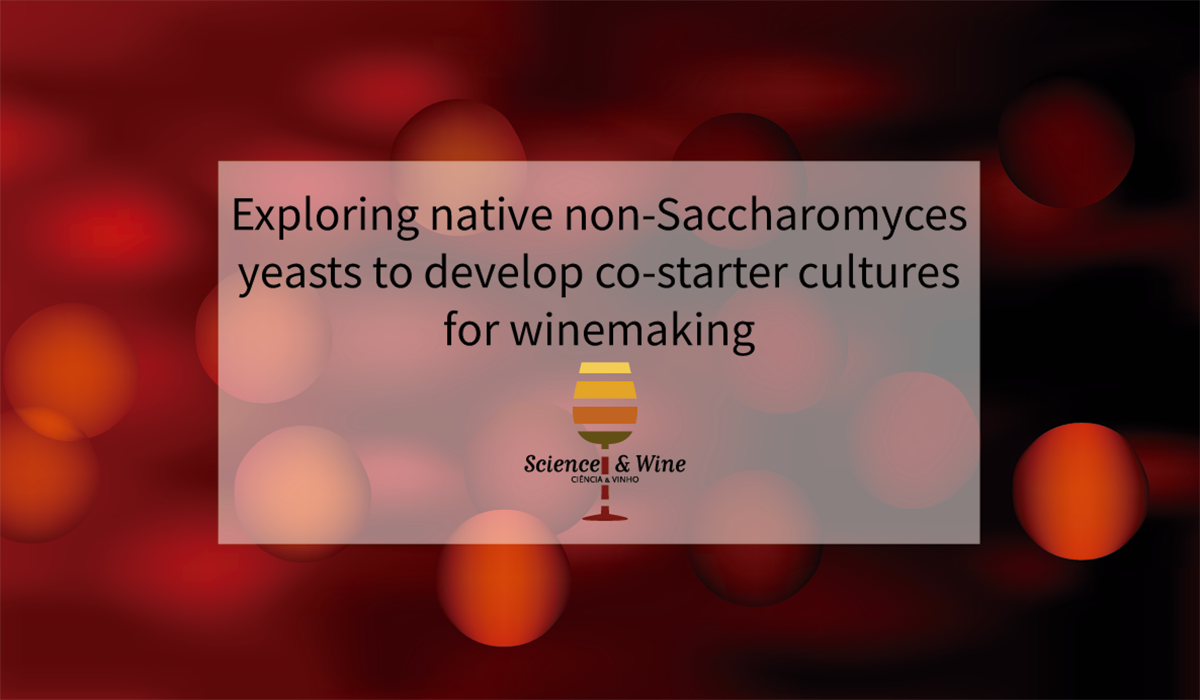
Exploring the diversity of a collection of native non-Saccharomyces yeasts to develop co-starter cultures for winemaking
Winemaking involves the inoculation of Saccharomyces cerevisiae starter cultures in grape musts. Currently other yeast species are being investigated as co-starters with the aim of improving wine complexity. In this post the authors summarize the results of a study carried out to discover new strains that can be used to enhance wine quality. The results show that wine quality depend on both species and strains which indicate that mixed fermentation strategies using new generation of co-starters can improve the overall quality of regional wine.
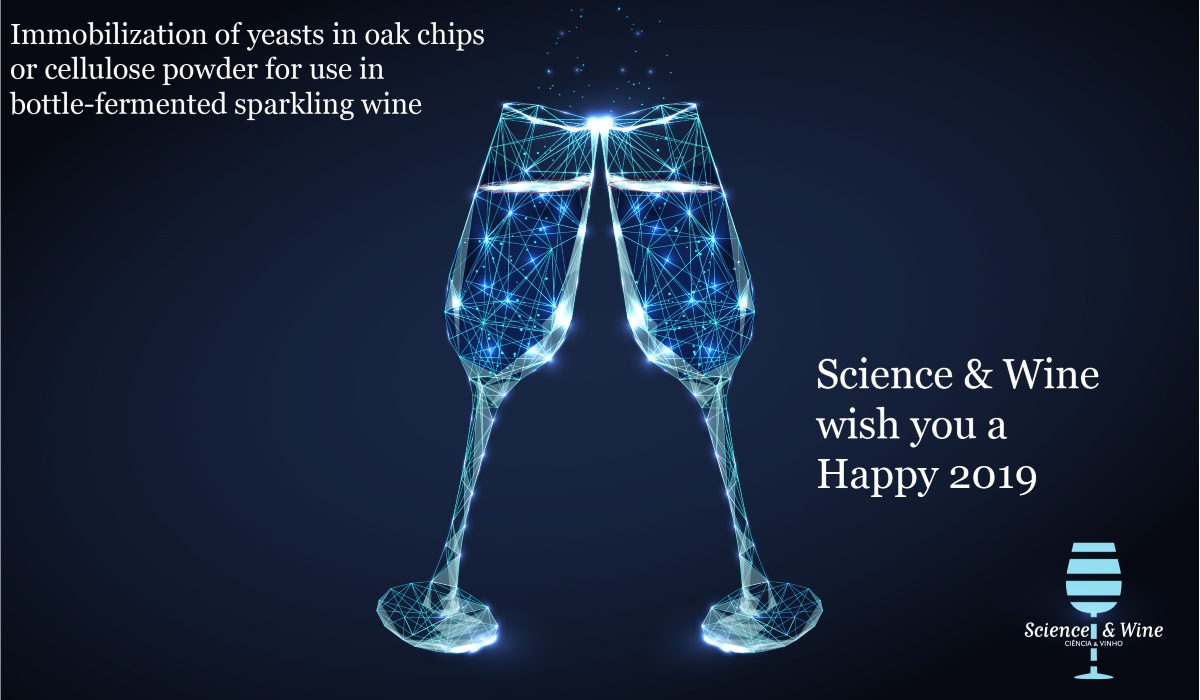
Immobilization of yeasts in oak chips or cellulose powder for use in bottle-fermented sparkling wine
Sparkling wine production comprises two successive fermentations performed by Sacharomyces cerevisiae strains. This post is about a project aimed to develop yeast immobilisation processes on two wine-compatible supports, study the effects of yeast type (IOC 18–2007 and 55A) and the immobilisation support type (oak chips and cellulose powder) on the fermentation kinetics, the deposition rate of lees and the volatile composition of the finished sparkling wine; compare the fermentation parameters of the wines inoculated with immobilised or non-immobilised cells.
According with the last post of the year the use of immobilization supports reports the advantages of rapid yeast elimination and not adding bentonite and does not have a negative impact on the wine sensory profile.
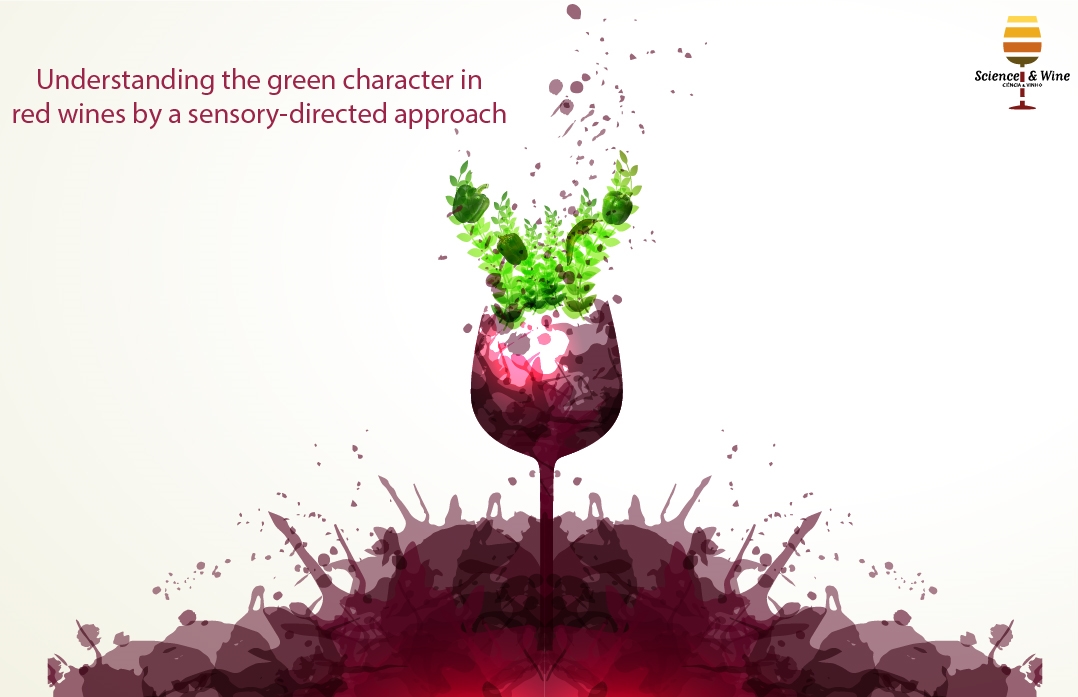
Understanding the green character in red wines by a sensory-directed approach
This post results from a study done with the aim of define the “green character” of red wines and characterise the groups of molecules potentially involved in that perception. Wines were screened by wine experts for different levels of green character. Phenolic fractions were obtained by liquid chromatography (LC) and further submitted to sensory and chemical characterisation. The volatile fraction was screened by semipreparative LC, gas chromatography-olfactometry (GC-O) and quantitative analysis. The green character was associated to vegetal aroma, astringency, green and dry tannins. No specific aroma compounds were identified in the GC-O evaluation of green wines, however the wines contained higher levels of fusel alcohols. The interaction between isoamyl alcohol and the anthocyanin-derivative fraction and/or tannins is suggested to be involved in the formation of green character in red wines.

